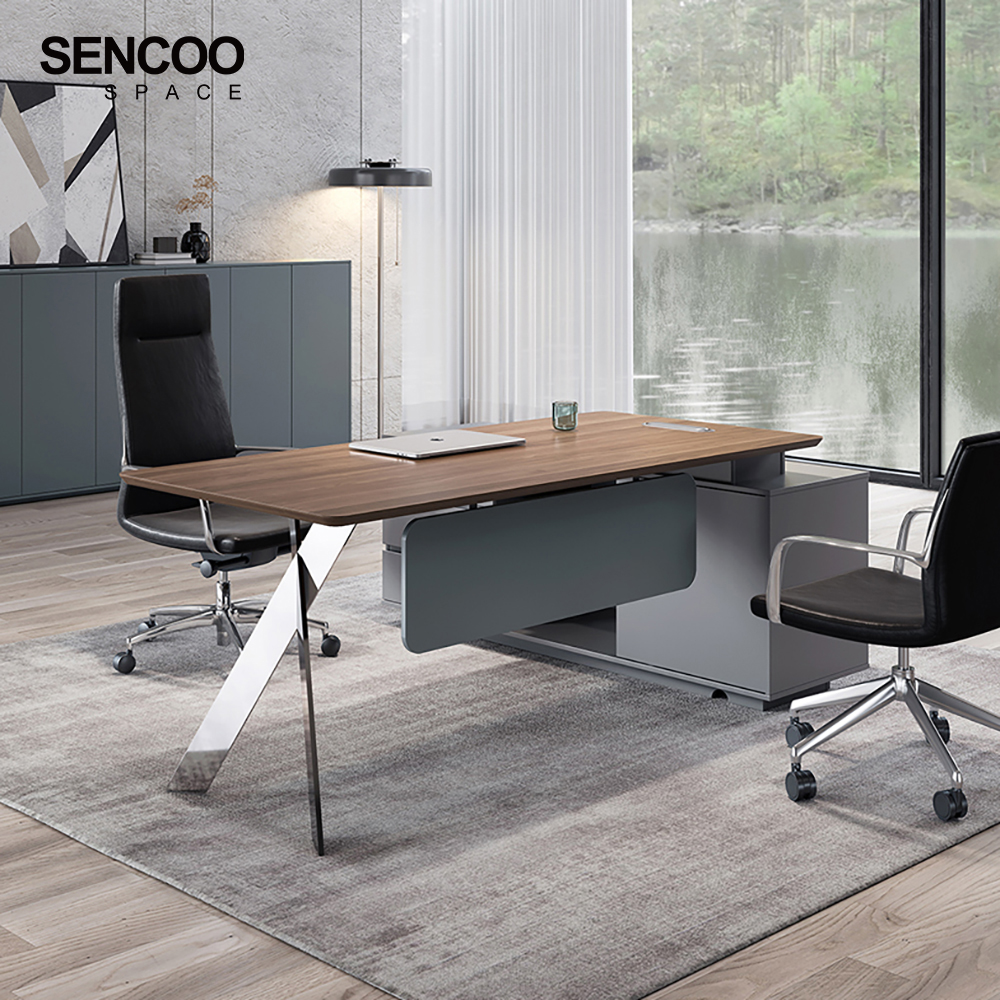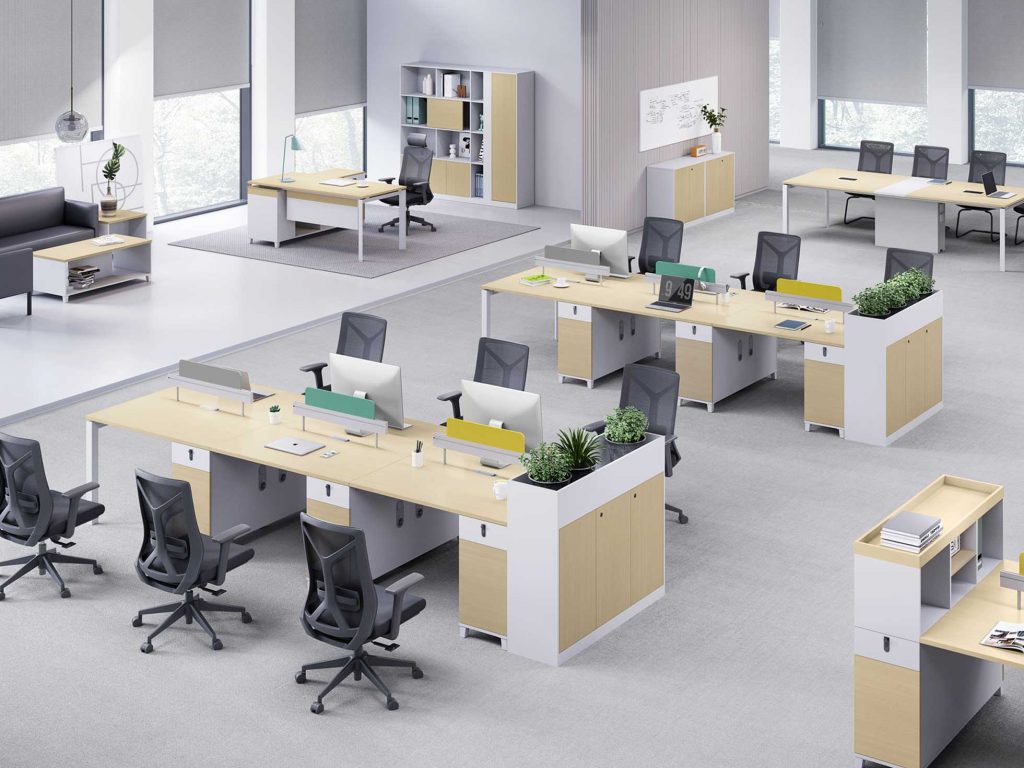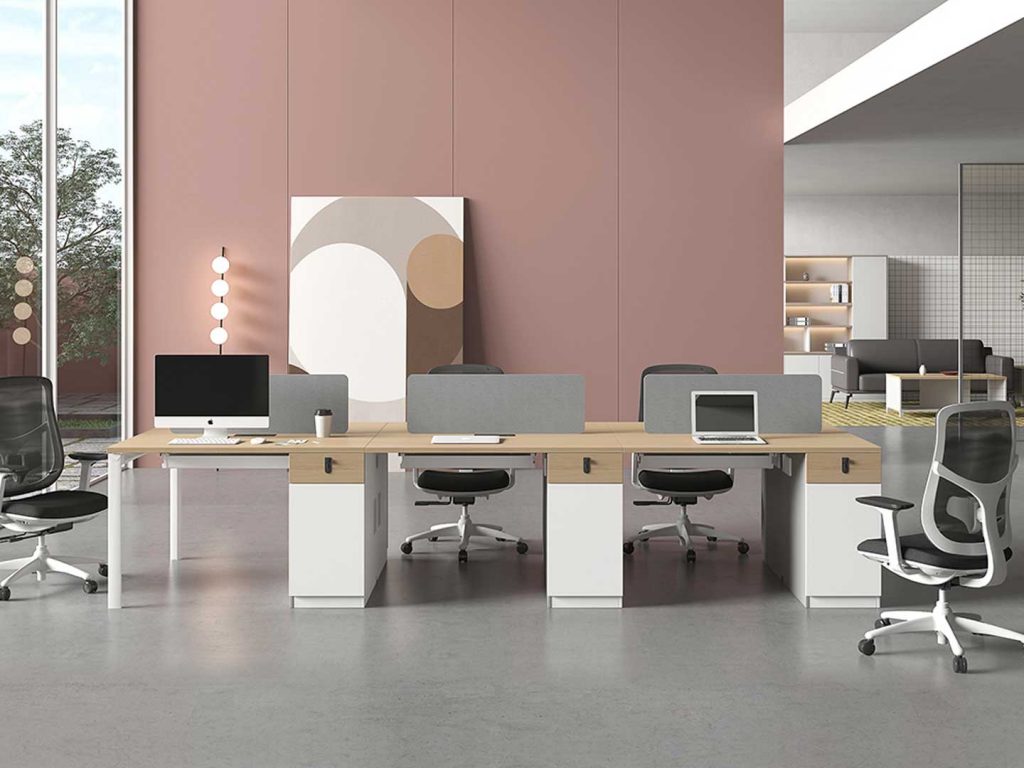When selecting an office desk and office chair for a personal office. It’s important to prioritize functionality and style, and enhance comfort and productivity.

Choosing the Right Office Chair
1. Ergonomic Design
Adjustability: Check if the backrest, seat height, armrests, and lumbar support are adjustable.
Strong Support: A good ergonomic chair offers solid lumbar support to reduce fatigue during long hours of sitting.
2. Comfort Features
Reclining Backrest: A tilt function allows you to relax and reduce stress on your spine.
Breathable Material: Mesh materials promote airflow, ideal for extended sitting.
Massage Function: Some high-end chairs come with electric massage features to ease tension from prolonged sitting.
3. Style and Space
Choose a chair that fits your office style—whether modern, minimalist, or industrial. Pay attention to the color and material to ensure it complements the overall decor.
Choosing the Right Office Desk
1. Size and Space Adaptability
Room Size: For smaller offices, go for a compact, minimalist desk. For larger spaces, consider an L-shaped or U-shaped desk with built-in storage.
2. Functional Design
Cable Management: Desks with grommets or cable trays help keep your workspace tidy.
Storage Options: Drawers or built-in cabinets are useful for organizing documents and supplies.
Adjustable Height: Sit-stand desks allow for alternating between sitting and standing, promoting better health.
3. Material Options
Solid Wood: Durable and elegant with a premium feel.
Engineered Wood: Cost-effective and available in a variety of styles.
4. Style Matching
Modern Minimalist: Great for a clean, bright work environment.
Vintage Wood Designs: Ideal for creative or artistic spaces.
The core of any office setup is to reduce physical strain and the risk of injury. Investing in a high-quality ergonomic chair paired with a well-designed desk is essential for improving both your well-being and work performance over time.

